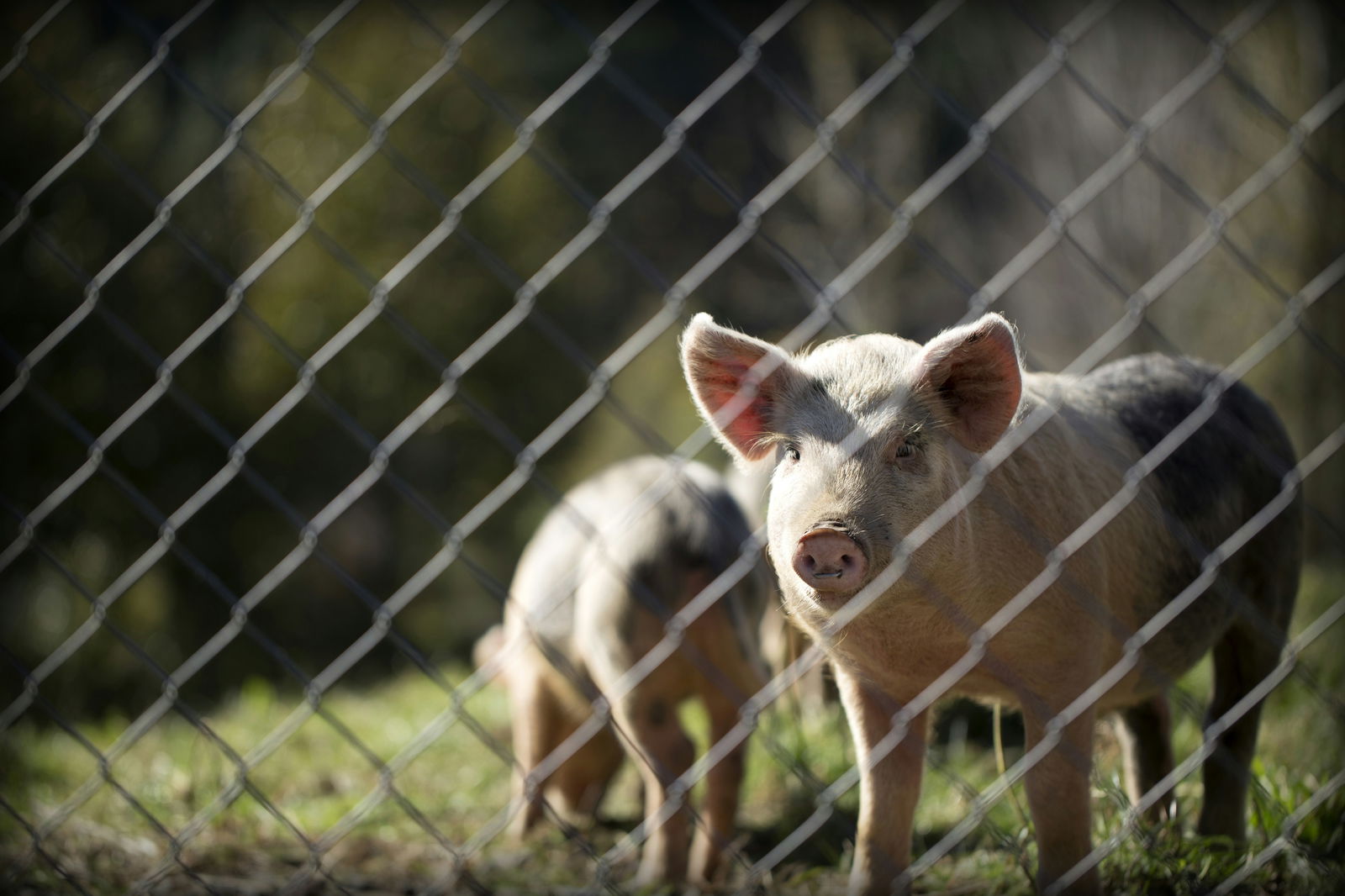Russian pork producers are aiming to capture a significant share of China’s pork import market, in a bid to capitalize on trade tensions between the European Union and China. According to Reuters They want to capture 10% of China’s $3.5 billion import market, which is currently dominated by EU producers with a 51% share.
Russia did not export pork to China until February, when Beijing allowed three Russian producers to market pork. The move contributes to growing economic ties between Russia and China, despite mounting Western sanctions on both countries.
Competition and Challenges
Russia’s goal is to supply 10 percent of China’s pork imports within three to four years. The country will face stiff competition from other major pork exporters, such as Brazil, and rising Chinese production. In addition, demand for pork in China is declining, although it still consumes about half of the world’s pork.
Russian pork production is expected to reach 5.2 million tons in 2024, up from 4.9 million tons in 2023 and a low of 1.5 million tons in 1999. The country aims to increase its market share by focusing on high-quality products and building relationships with Chinese buyers.
Market forecast
Imports of pork and pork offal to China fell 27.3 percent year-on-year to 1.11 million tons in the first half of 2024, according to customs data, and Russian producers expect to export about 50,000 to 60,000 tons of pork to China this year, accounting for about 3 percent of China’s total imports.
Much of China’s EU imports consist of offal, such as ears and feet, rather than muscle meat. Domestic demand for offal in Russia is low, as in the EU, meaning Russian producers can focus on exporting higher-value products such as pork chops.
Industry growth
Russian private producers allowed to sell pork to China – Miratorg, Velikoloksky Pig Farm, and Rosagro – are among the five largest pork producers in Russia. The industry has seen significant growth since 2005.
Russian Agriculture Minister Oksana Lut expects Russian pork exports, including live pigs, to rise to 310,000 tons by 2024. Producers already hold a 50 percent share of Vietnamese pork imports and export to about 20 other markets.
Although Russia’s pork industry is growing rapidly, it faces challenges due to delays in payments between Russia and China. Chinese banks have become more cautious in processing payments. This could hamper expansion plans and force Russian producers to consider alternative payment methods.
Key points
• Russian pork producers want to capture 10 percent of China’s $3.5 billion pork import market within three to four years.
• Russia faces competition from other major pork exporters such as Brazil and growing Chinese production.
If you want access to all articles, take advantage of our special promotion and subscribe here!

“Total coffee specialist. Hardcore reader. Incurable music scholar. Web guru. Freelance troublemaker. Problem solver. Travel trailblazer.”







More Stories
Bitcoin price rises after new jobs data from US
European stock markets open higher | beursduivel.be
Russia’s oil imports to China decline